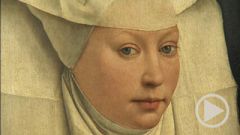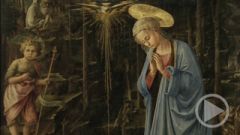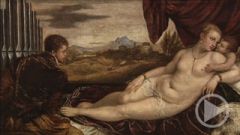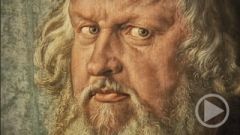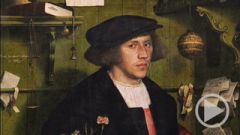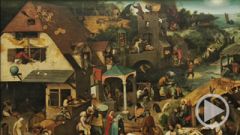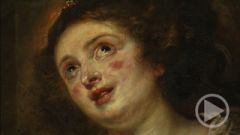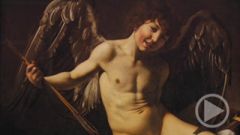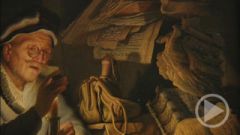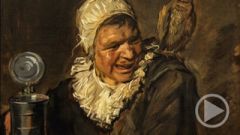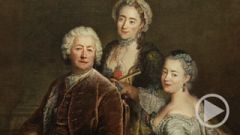- Home
- »
- Germany
- »
- Berlin
- »
- Gemaeldegalerie
- »
- The Berlin Gemaeldegallery -Views of Venice in a Grey Monastery
Views of Venice in a Grey Monastery
Views of Venice in a Grey Monastery
In 1751, the director of the so-called "Grey Monastery Grammar School" in Berlin received a letter from Italy. A certain Sigismund Streit, a successful merchant residing in Venice, wished to bequeath to the school, which he had attended many years earlier, his money, his library and his collection of art. After the death of his parents, Streit had moved to Hamburg. Eventually, he had crossed the Alps on foot, penniless, and ended up in Venice.
Now, more than forty years later, a respected and wealthy man, he wanted to wind up his affairs – and thought of his old school. Streit was not a systematic collector, he bought what he liked. What he loved most was the Republic of Venice, to which he owed so much. And he wanted to tell the boys at his old school in Berlin about that love. So Streit commissioned a series of paintings – from none other than the best topographical painter in Venice, Giovanni Antonio Canal, known as Canaletto.
He painted detailed cityscapes, vedute, for Streit showing the places he frequented during his decades in the city. Streit lived in Palazzo Foscari, in the foreground on the left. The perspective makes it look bigger than it is – and more impressive. Canaletto flags Streit’s favorite room with a white curtain.
The palazzo is in one of the loveliest parts of town. In front of the door, is the ferry across the Grand Canal to the Fish Market. The market has just closed and the traders are clearing up and chatting before they go home. From here it was just a short work to the Campo di Rialto, the commercial centre of Venice. Under the arcade sit officials of the state bank – the famous "Banco Giro".

This is where Streit also conducted his business affairs for many years. On this square, the Orient and the Occident met. Venetian merchants dressed in black – Armenians in long robes – Jews wearing red caps. In the centre, a shopper examines household goods. Other stalls offer meat and vegetables. On the left, goldsmiths sit beneath their shop signs. Meanwhile, repairs are being carried out to the roof.
The two night scenes also bear witness to Streit’s love of Venice. They show the feastdays of Saint Peter and Saint Martha at the churches of San Pietro and Santa Marta. For one evening, each year, simple fisher-folk, the patricians and nobility celebrated and even danced together. Streit loved this event. His only complaint was that Canaletto did not paint enough boats on the water. On the other hand, he was delighted with the way Canaletto painted the night – and the reflections of the moon, stars and torches in the water. Some of the faces are mere dabs of colour. Though from a certain distance, the illusion is perfect!
These four paintings are among Canaletto's greatest works. He had started out painting sets in a theatre. As an old man he no longer painted much. Though he was over sixty when he started, he created these masterpieces for Streit between 1758 and 1763, depicting Venice in wonderfully harmonious colours and with unmatched precision – down to the reflections in the moving water.
Yet Canaletto did take some artistic licence: From this vantage point, he could not really have seen the Rialto Bridge – it was, however, visible from Streit's apartment. Canaletto merged two different points of view – he did not depict Venice exactly the way it was, but the way Streit may have seen and loved it.
For almost two hundred years these views of Venice hung in the hall of the Grey Monastery grammar school in Berlin. They still belong to the Streit Foundation, which has loaned them to the Gemäldegalerie. Streit set up the foundation to support school children in Berlin. He didn't complete his schooling, but he believed in education. In this, he anticipated the values that would be the mission of the Prussian royal museums in the nineteenth century.


